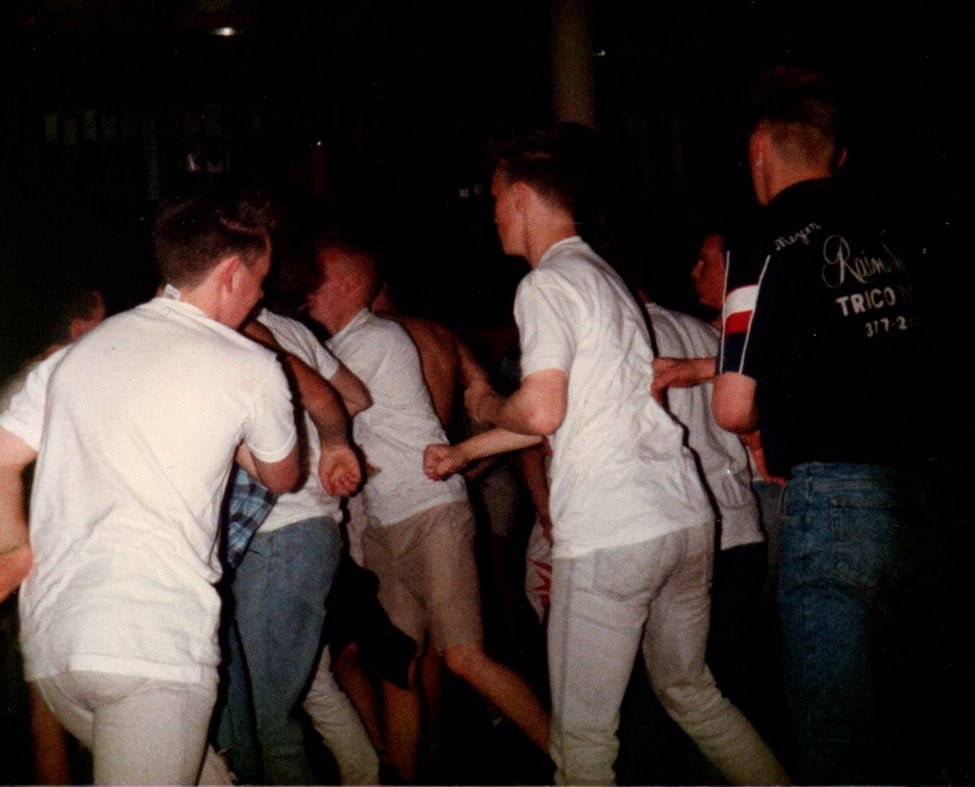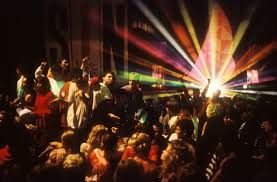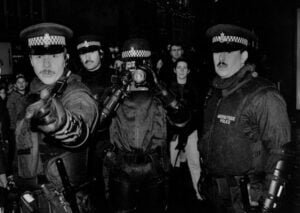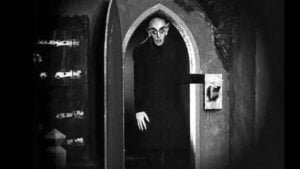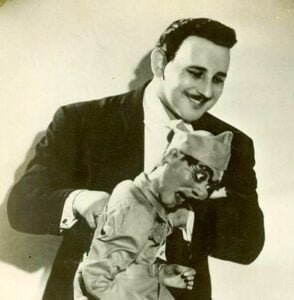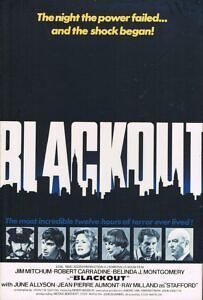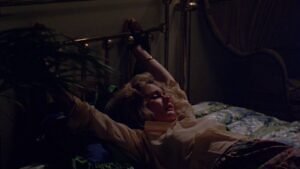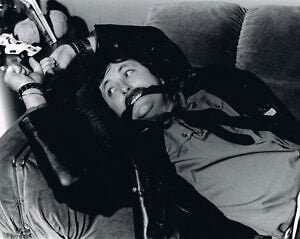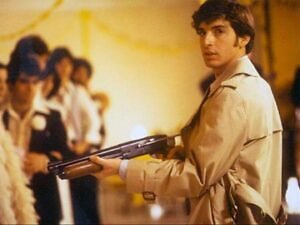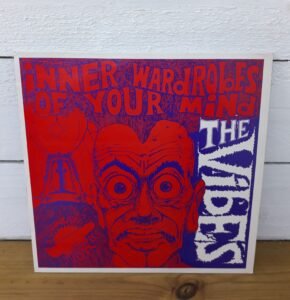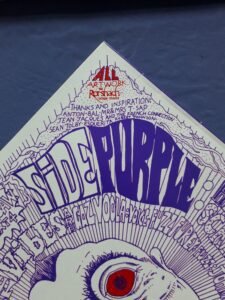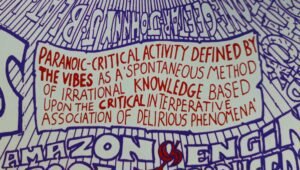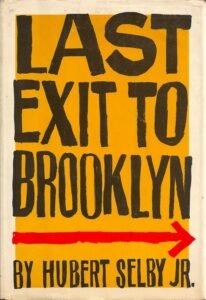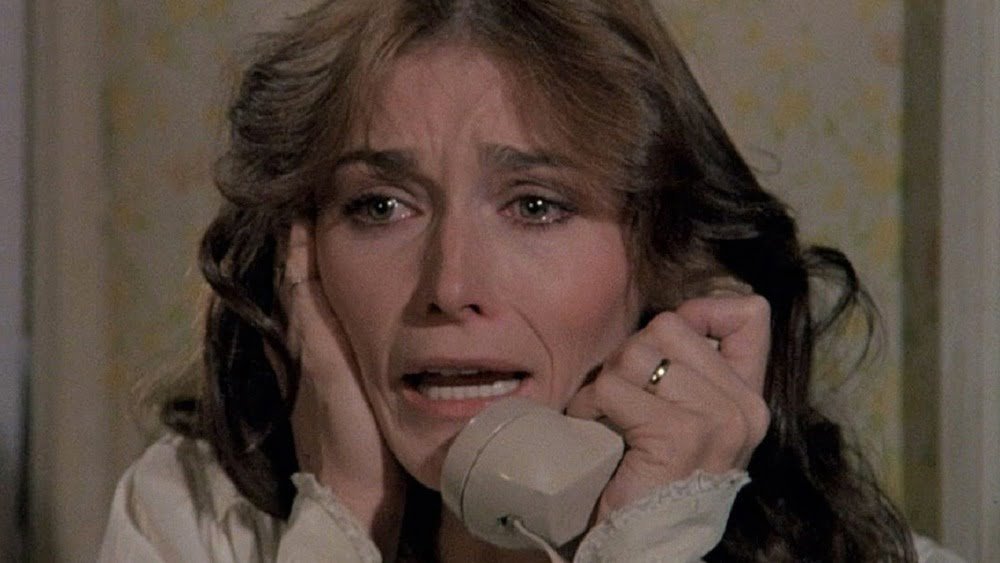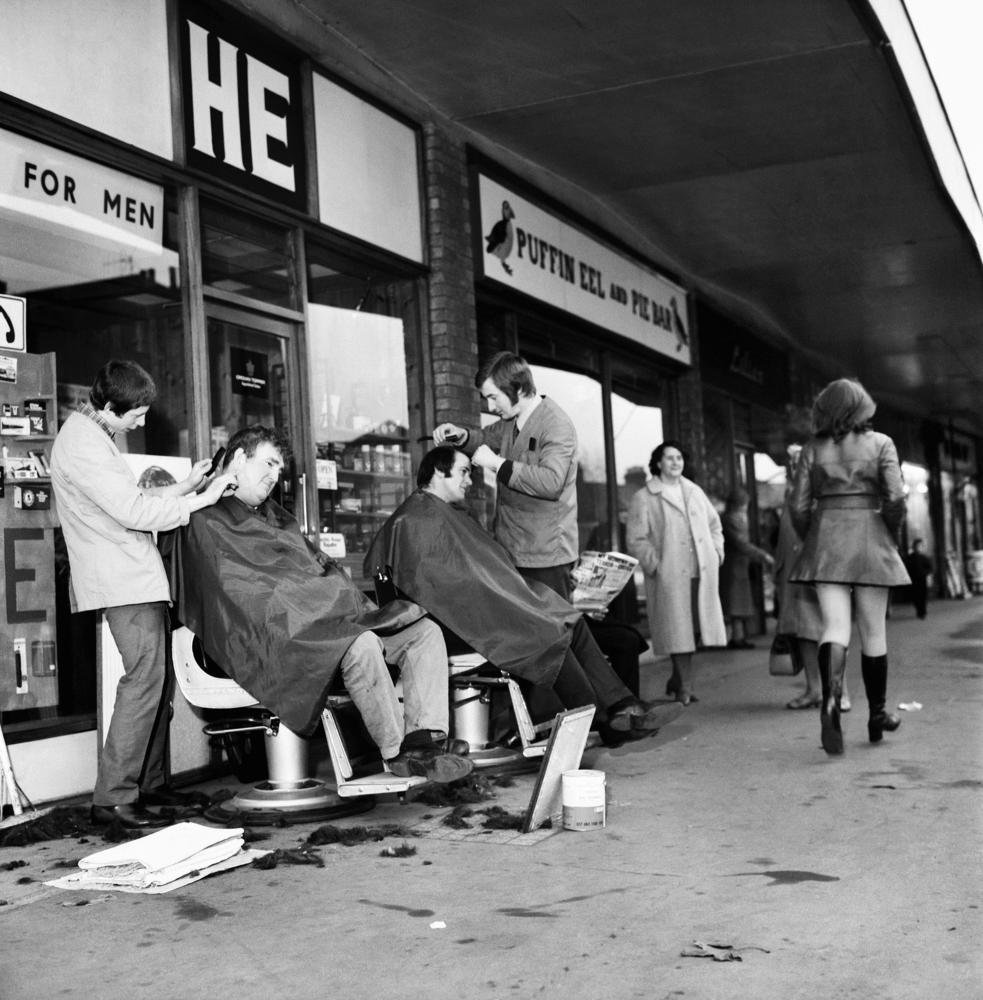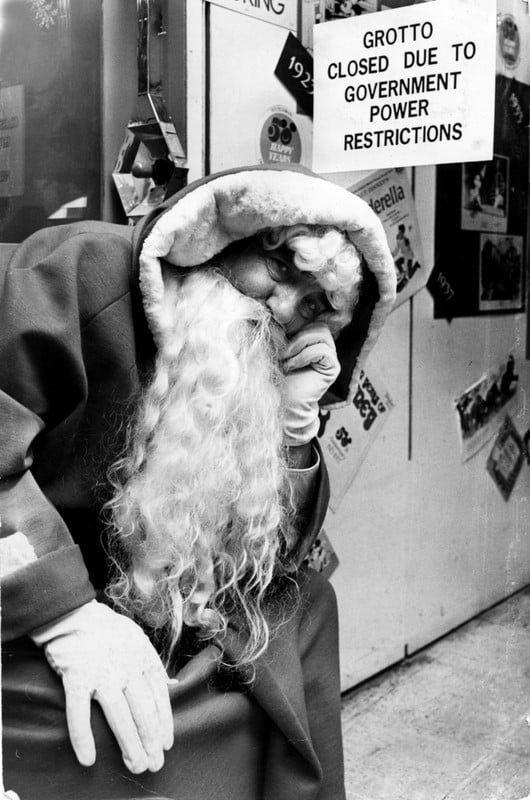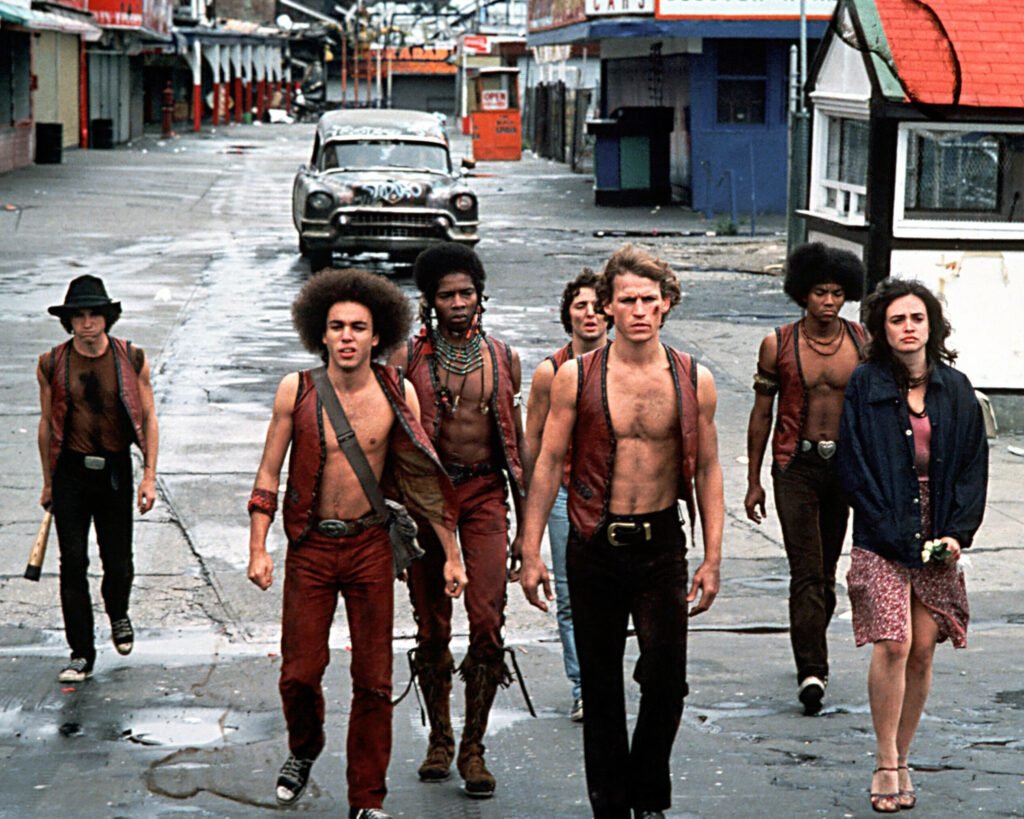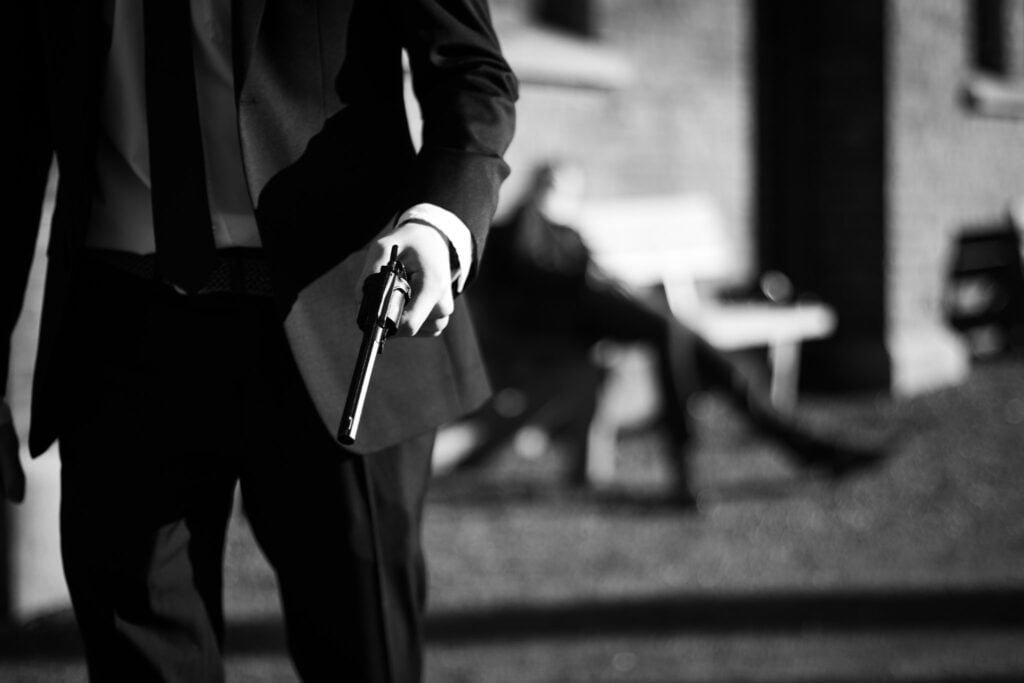If I told you reading print magazines rather than online magazines would improve your health and well-being would you believe me? What if I said that it might also reduce your carbon footprint?
Power Hungry Internet

Way back in the 1980s when Amstrad computers and fax machines began to furnish leather-topped hedge fund desks, the dream of the paperless office began. Administrators and associates fantasised about the day when chunky metal filing cabinets and endless dog-eared files would be banished forever. But we are still a long way from being paperless; we use more paper now than ever. We’ve all heard a variation of the joke about the volume of photocopying killing a whole tree – wasn’t the digital age going to be the saviour of the rainforests?
There is still a consensus that less paper is good, it seems a reasonable and logical premise. But what you don’t hear about is the carbon footprint of data storage. Every email, text, file, photo or video that is sent has to be stored, usually in ‘the cloud’. Most people don’t give the cloud any thought, assuming it drifts benignly above us, an ethereal entity a bit like 1950s radio waves. But actually data storage occurs in village-size electricity-guzzling data centres; thousands of square feet of servers requiring industrial energy-thirsty cooling systems. According to the New York Times,
“Worldwide, digital warehouses use about 30 billion watts of electricity, roughly equivalent to the output of 30 nuclear power plants,”
And this was in 2012!! Let’s not even think about the ethics of mineral mining and the ever-growing problem of discarded electronics.
Paper Fights Back

Paper, on the other hand, is easily recycled and modern inks are now much less polluting than before. The paper industry is fighting back and contesting the ‘go green go paperless’ claim. And when you consider that storing a terabyte of data for a year produces 10kg of CO2e you can see that digital isn’t as clean as we are led to believe. (University of Cambridge).
But you’re still not quite convinced so you search for your favourite online magazine. Jesus, Elvis and the mother of all hangovers this is tedious! Have you noticed the Columbo-esque dogged determinism required to get to the damn thing? GDPR cookie preferences, shit wi-fi, slow-loading site, pop-ups, notifications, pop-ups, pop-ups…you’re finally there and…BAM! Another pop-up; sign up for a subscription, a newsletter, chips and curry sauce on Mondays, adverts with 10%, 25%, 150% off. Are you still persevering or have you given up yet?
Having finally reached the website, very few of us can resist the FOMO lure of hyperlinks; this looks interesting…no this really is fascinating…I just need to find out about...and into another article, another review, another site. This isn’t happening by chance, the internet is designed this way. You could click through links day and night for the next hundred years and still be nowhere in sight of an ‘end’.
In contrast, the serene world of a print magazine has no annoying pop-ups, no rabbit warrens of time-grabbing hyperlinks or relentless demands for your e-mail address. It is a finite product that is self-contained, giving the reader control over what they read and the time they spend on it.
All Tattoos Are Beautiful

My first tattoo was an old-school swallow, beloved by sailors and jailbirds (especially on the thumb webbing). From the minute that first squeeze of Savlon was applied, I knew I’d made a mistake. Sometimes the cheapest tattoos aren’t always the best. Years later I finally got round to sorting out a cover-up courtesy of the genius, Xed Le Head. On inspection, he confirmed my swallow was, indeed, shit, but that was ok as, ultimately, all tattoos were beautiful. Xed lived for tattooing and any tattoo, by its very existence, was a piece of art to him.
And I feel the same about print magazines. A print magazine is a beautiful thing. Unlike the soulless endless scrolling on a device, it offers a sensory experience appealing to all senses… Yes, including taste – some people LOVE chewing paper! Visually, a print magazine can be akin to walking through an art gallery, it pops with vivid colours and evocative images that are so much more powerful than those viewed on a screen. And what about the ASMR satisfaction of listening to the pages turning? This rhythmic sound has a calming effect and roots us in the here and now. The feel and smell of the paper also enhance the experience making it immersive and interactive. I’ve never met anyone who smells their phone screen or laptop keyboard.
Print Magazines are the Antidote

As so many of us now spend the majority of our working days – and leisure time – staring at a screen, a print magazine can offer respite from this, a sanctuary from the online world, quiet time from all the digital demands. It is an antidote to information and content overload. We are all aware that extended screen time can lead to eye strain and poor sleep (from overstimulation of blue light). A print magazine, however, offers a different reading experience, one that is more focused and engaged; the deep reading allows us to slow down and enter into a meditative, dreamlike state. Although magazine content can be read in any order, it is designed to tell its own story with a beginning, middle and end. Picking up a print magazine is making a conscious decision to take time out and allow the world to stop for ten minutes.
“investing in a fitness magazine can make the difference between a chocolate muffin for breakfast and a green smoothie”
So you’re convinced. You went out and purchased a print magazine. Chances are you chose it because it aligns with your values or interests or aspirations, and so naturally you will want to keep it to remind yourself of these or simply to enjoy re-reading the articles. A print magazine can give you a sense of community and belonging, a worldview that you identify with. If you are into fitness, investing in a fitness magazine can make the difference between a chocolate muffin for breakfast and a green smoothie. A photography magazine in your back pocket lets the world know that you know your aperture from your composition. You may carry your magazine around in your bag to look cool, or display it on the coffee table to impress your friends and let them know how intellectual/arty/hip/edgy/nerdy you are. You may be a super fan of a specific magazine and collect every issue. And that is another beauty of print magazines – ownership; they are yours, you choose where to store them and how to display them. You can go back to them again and again, and flick through to a favourite article or image. How often do we do this with online content? Yes, you can go back to them again and again and again. Print magazines cannot be changed; unlike digital content, they cannot be deleted or edited, updated or ‘enhanced’. I collect vintage magazines and stepping inside the covers feels like I have mastered time travel, discovered a portal to a bygone age. Will we ever get such a thrill from vintage websites?
Fly Swat or Ransom Note?
And for all those lingering sceptics among you how about these; a print magazine can be read in the bath without fear of losing charge/electrocution, it doesn’t ring or beep or lose connection, no one can track if you’ve read it or not or what % is still to be read, it doesn’t have cookies, it can be used as a wasp/fly swat, cup coaster, wobbly table wedge, lining for a cat litter tray, any paper-mache project you have coming up, it can be donated to the doctor’s surgery or dentist waiting room, it can be used for wrapping glass when moving home, it can be cut up for a collage project or ransom note, you can make paper hats and paper boats from it, and if you are having an argument with someone you can tear it up or throw it at them for dramatic effect (not advisable as you’ll probably regret it and the other person will rightly think you are a bit unhinged). And if none of these appeal – you can channel your inner Duchamp and draw moustaches and doodles on it when you’re bored.
Have you got any other uses for the printed page?
